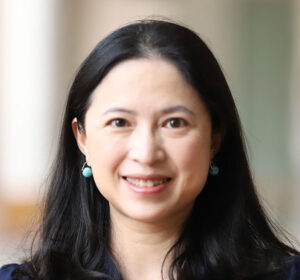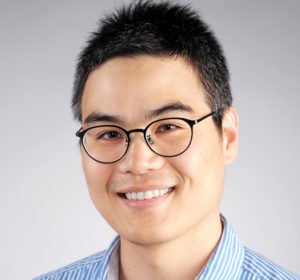Semiconductor Use and Manufacturing Process
Semiconductors – also referred to as microchips and memory fabs – are essential components of most electronic circuits, providing the memory capability for countless digital devices.
Syracuse University engineering professors Qinru Qui and Bryan Kim provide commentary below about what this technology enables and why it’s a challenge to manufacture. Both are available for future interviews.
********

Qinru Qui is a professor and EECS Graduate Program Director in the College of Engineering and Computer Science. The goal of her research is to provide machine intelligence to today’s computing platforms to achieve autonomous resource management with energy and thermal awareness.
Professor Qui says:
“A semiconductor chip is the brain of almost everything that we use in everyday life, from washers and dryers to cars and cellphones. To fabricate a chip, we use photolithographic technology to ‘print’ circuits onto silicon wafers. The ‘printing’ has very high resolution, such that the size of an object (i.e., a transistor or a piece of wire) on the chip is only 1/10,000 of a hair. A typical chip may have billions of transistors. The semiconductor manufacturing process needs to be carried out in an extremely clean environment with no dusts and it takes many complicated steps.”

Bryan Kim is an assistant professor of electrical engineering and computer science. His current research directions include capacity-variant storage systems, self-learning systems, and next-generation key-value storage.
Professor Kim says:
“Dynamic random access memory or DRAM is such a central component in modern computing, so much so that it is called ‘main’ memory. When we think of computers, we first associate them with the verb compute, but ‘compute’ is meaningless if the computed values are not stored in memory. DRAM is that very component that stores the program’s data.
“Today’s data-intensive applications such as artificial intelligence and machine learning consume a tremendous amount of data and produce large models to capture hidden details in the data, all of which are stored in DRAM. Advances in DRAM technology will continue to enable next-generation computing systems and applications.”
To request interviews or get more information:
Daryl Lovell
Associate Director of Media Relations
Division of Communications
M 315.380.0206
dalovell@syr.edu | @DarylLovell


